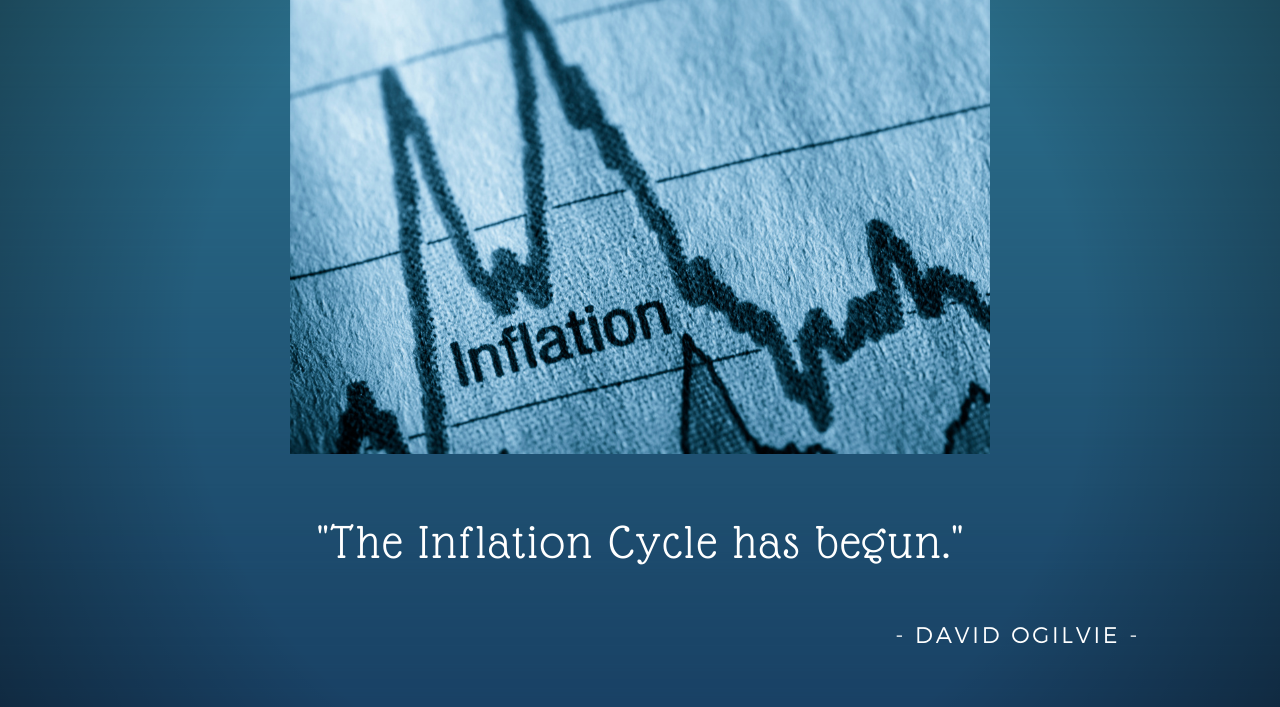
An Inflation Cycle Begins
The current industrial action by Toll employees is the beginning of a cycle with the potential to be very damaging. Something that started at the Fremantle wharf has now spread to FedEx and other transportation businesses. By putting Christmas deliveries at risk, workers are striking while their leverage is at its strongest.
The damaging cycle of inflation goes as follows:
- Supply chain constraints and disruptions result in price increases, which have also been fuelled by reserve banks flooding the market with cheap money.
- Price increases then feed demands for higher wages, as witnessed in the industrial action that I wrote about last month.
- Higher wages feed further price increases. Action at this end of the supply chain will flow through to the end consumer eventually. (The US has been the first to really experience this, with the price of turkeys for Thanksgiving up 24 percent on last year.)
The inflation genie is therefore very likely out of the bottle thus beginning a new economic cycle.
When wage earners feel they are behind the eight ball, as they do in this type of economic cycle, their capacity and willingness to spend are reduced. Lower spending then means lower economic growth.
Lower economic growth + rising prices = potential stagflation
The only missing ingredient of stagflation at the moment is high unemployment. This has not happened yet because of COVID-induced border lockdowns and our inability to import labour. The great resignation, which I also wrote about in the last newsletter, now has companies fighting for talent. This fight of course is a key factor contributing to higher wages and prices, further feeding the inflation beast.
A stagflation cycle is very difficult to break, as we saw back in the 1970s. Currently in the ERP ecosystems, there are stories of functional consultants being paid 66 percent more per annum to work for competitors. Some have also received $60,000 sign-on bonuses. This has to lead to higher prices.
As Warren Buffett explained in his latest annual report for Berkshire Hathaway:
“Inflation also eats up companies’ money, as rising costs force them to spend the cash that they generate just to maintain their existing physical volume of business”.
– Warren Buffett
He described that impact as a “particularly ironic” punishment for bad businesses.
He had a colourful description of the effects of inflation:
“Inflation acts as a gigantic corporate tapeworm. That tapeworm pre-emptively consumes its requisite daily diet of investment dollars regardless of the health of the host organism. Regardless of a company’s profits, it has to spend more on receivables, inventory, and fixed assets to simply equal the unit volume of the previous year.”
– Warren Buffett
As this cycle progresses, key management tools you can use to succeed in this environment include:
- Aggressive cash flow management, especially as the cost of cash increases.
- Very tight inventory control, fully understanding your ABC analysis and its impact on your stock holdings.
- Strategic purchasing, making sure you have reserves and alternative sources of supply for key components. (Hint: Sometimes these are the “washers” of your business. Small components that are often classified as a “C” item can prevent your ability to invoice should they be out of stock.)
- Understanding your “cost to serve” a customer. Be clear which customers are profitable and which ones are not.
If you are interested in receiving my white paper on the ten key inventory management tools, email me for a copy.
Sincerely,
David
cash flow management, inflation, supply chain, supply chain disruption, Warren Buffett